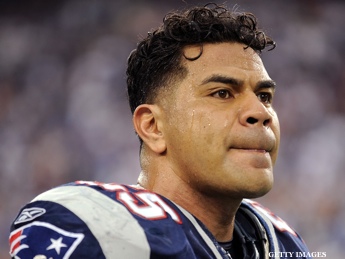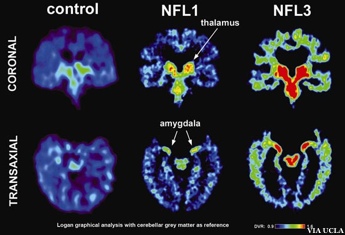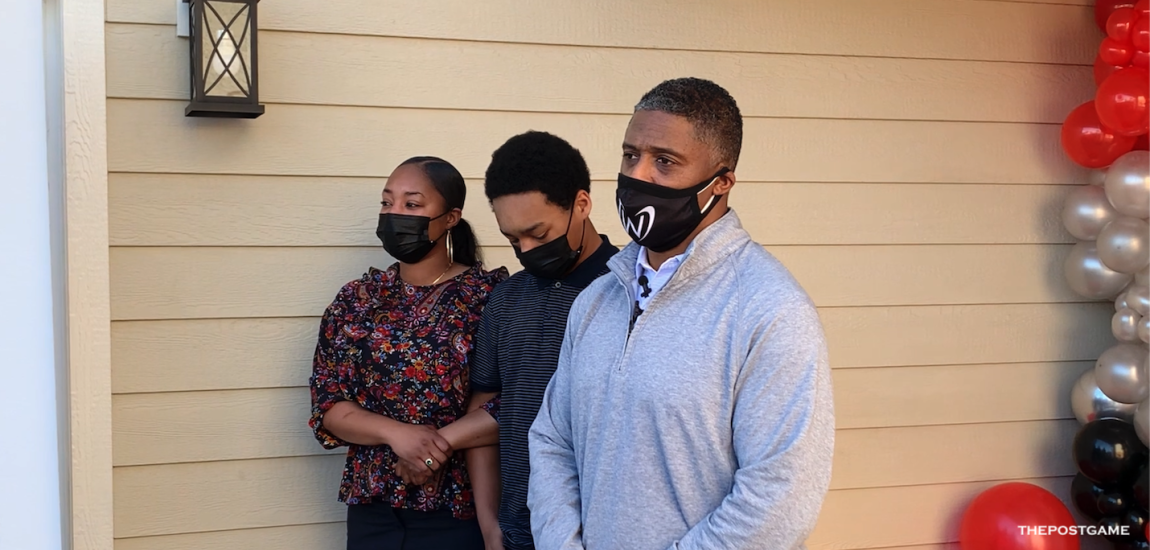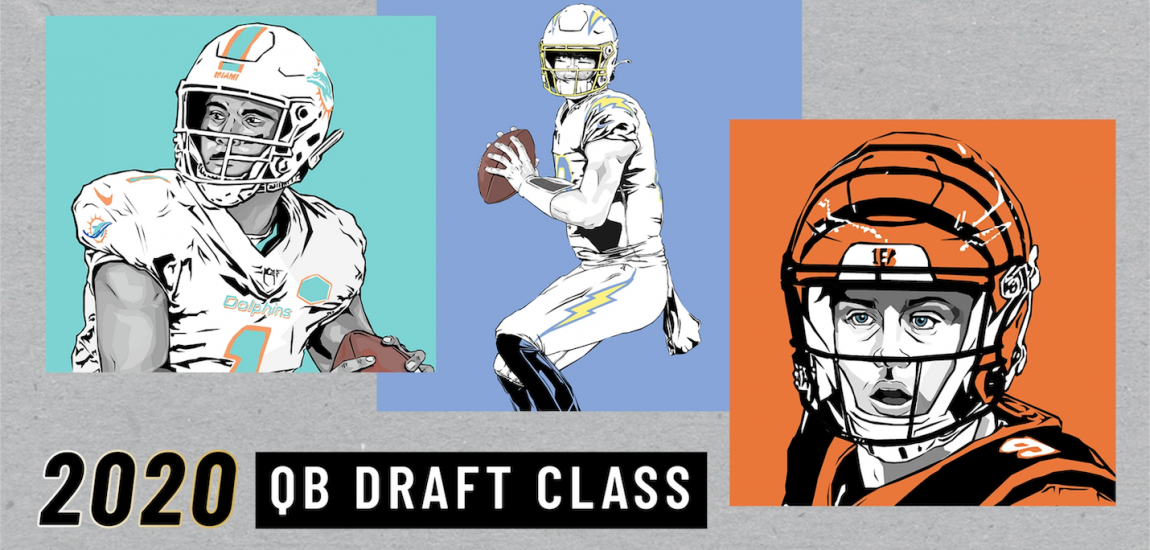In the wake of the recent suicides of several former NFL players -- Junior Seau, Dave Duerson and Shane Dronett to name a few -- many people couldn't help but wonder: Could these men have been saved if the athletes' conditions had been diagnosed during their lifetime.

Although the ability to identify chronic traumatic encephalopathy (C.T.E.) in living players remains a work in progress, researchers say they have taken a significant step toward that reality.
A group at UCLA used a brain-imaging tool to examine five NFL veterans who had sustained at least one concussion. Two of the players were identified: Fred McNeill, a 59-year-old former Vikings linebacker, and Wayne Clark, a 64-year-old former quarterback. Three others have only provided their age and position: a 73-year-old former guard, a 50-year-old former defensive lineman and a 45-year-old former center.
The researchers were searching for buildup of a protein called tau, which essentially strangles brain cells. Sure enough, tau deposits were found in each of the players' brains. Researchers said the protein was concentrated in areas that control memory and emotions, which is consistent with the location of the tau found in the autopsies of deceased players.
The findings, published this week in the American Journal of Geriatric Psychiatry, are the first on living ex-NFL players that have identified tau. While the study was very small (only five players participated), one of the originators of the research says it is a step in the right direction.
"I’ve been saying that identifying CTE in a living person is the Holy Grail for this disease and for us to be able make advances in treatment," Dr. Julian Bailes, co-director of NorthShore Neurological Institute in Evanston, Ill., told PBS. "It's not definitive and there’s a lot we still need to discover to help these people, but it's very compelling. It’s a new discovery."

The study was financed by a $100,000 grant from the Brain Injury Research Institute, which was co-founded by Bailes.
Experts agree that broader research is needed to come to any conclusions. That has been difficult due to a lack of funding, but more and more money is being directed toward similar studies. Last year the NFL donated $30 million to the National Institutes of Health for brain injury research.
And while there is still much work to be done, the UCLA study is undeniably a good start.
“This is the Holy Grail if it works. This is what we’ve been waiting for, but it looks like it’s probably preliminary to say they’ve got it," Dr. Robert Cantu, a senior adviser to the NFL's Head, Neck & Spine Committee and co-director of Boston University’s Center for the Study of Traumatic Encephalopathy, told PBS. "But if they do have it, this is exactly what we need."




